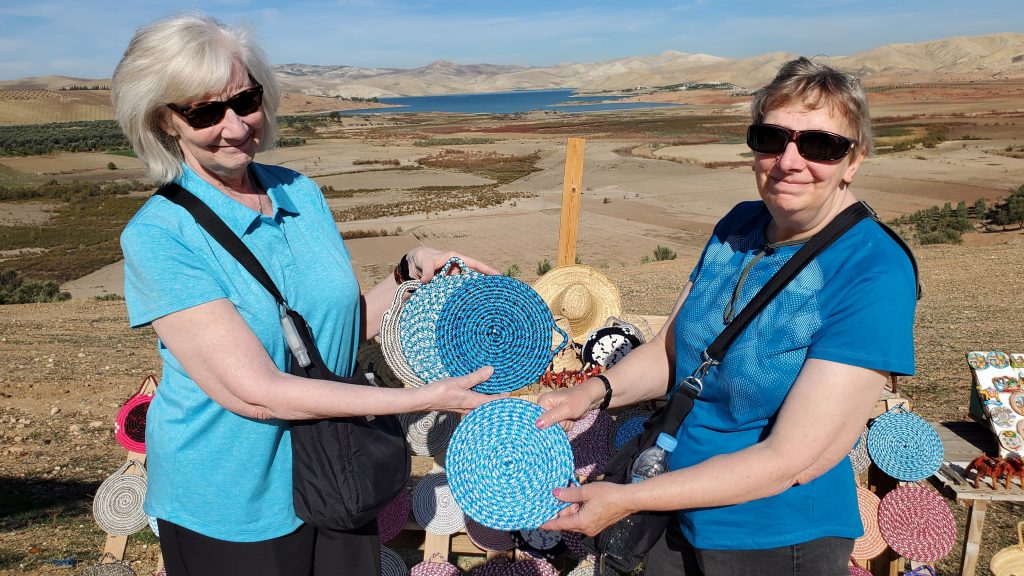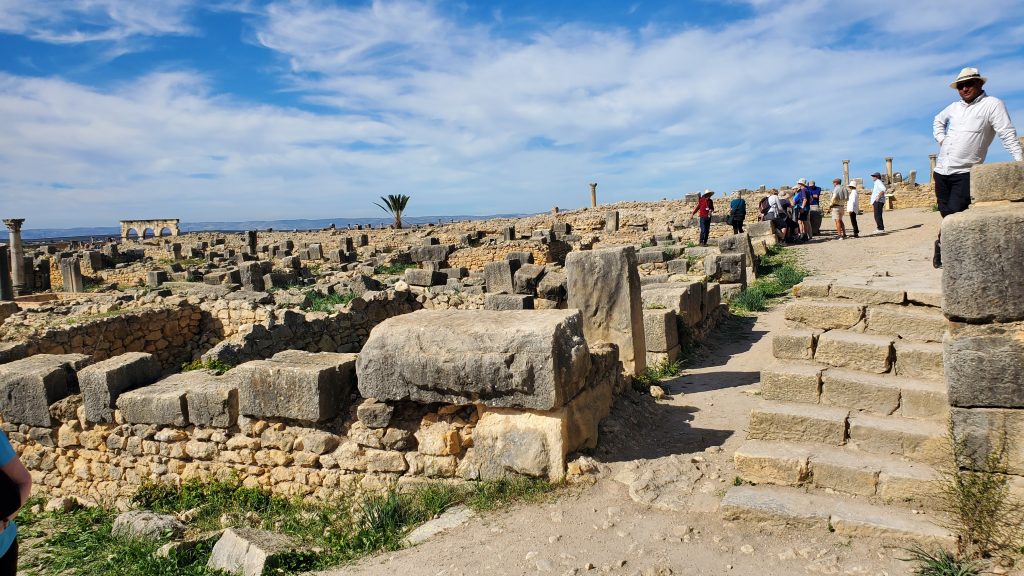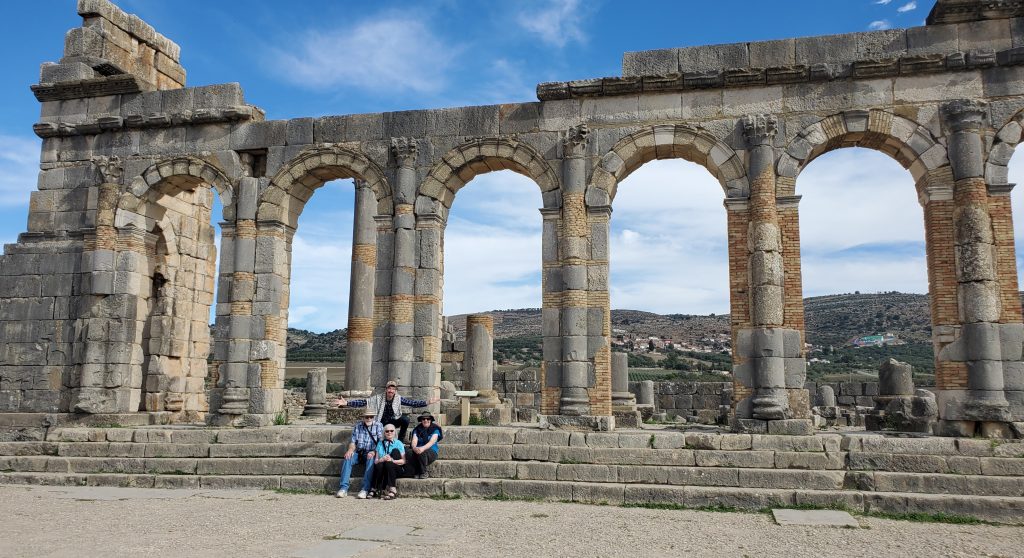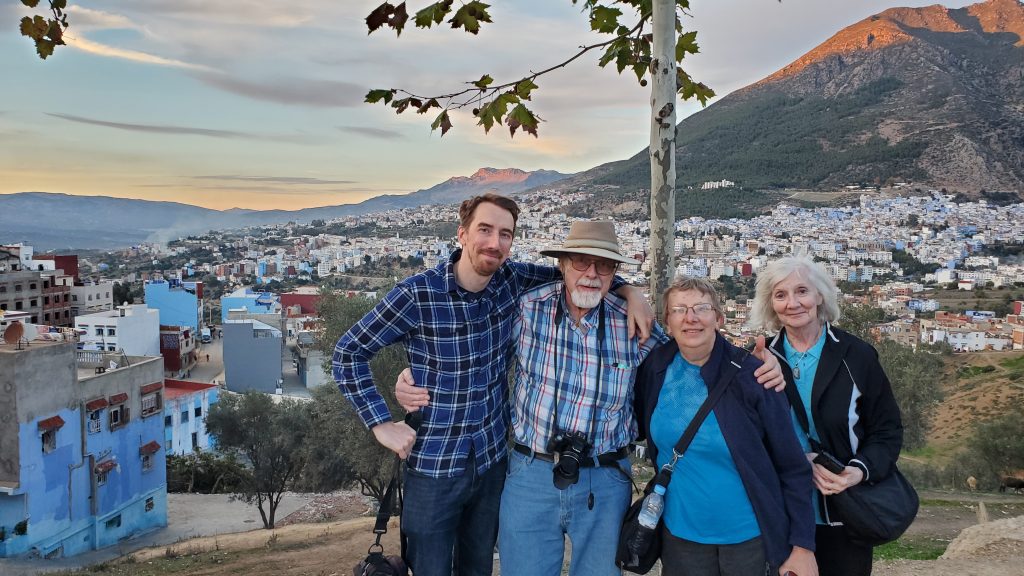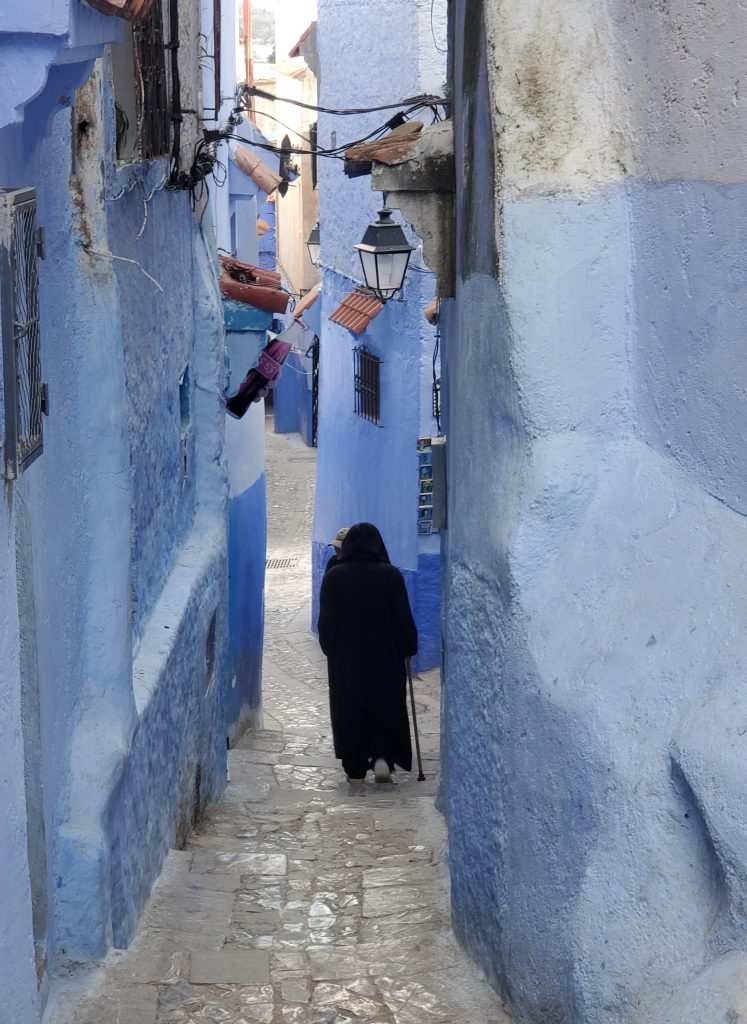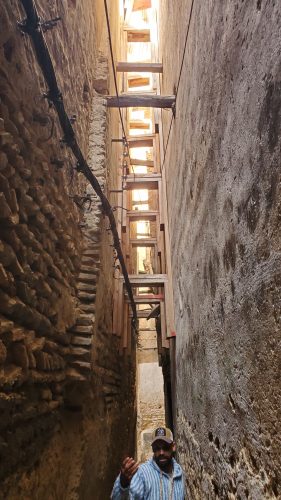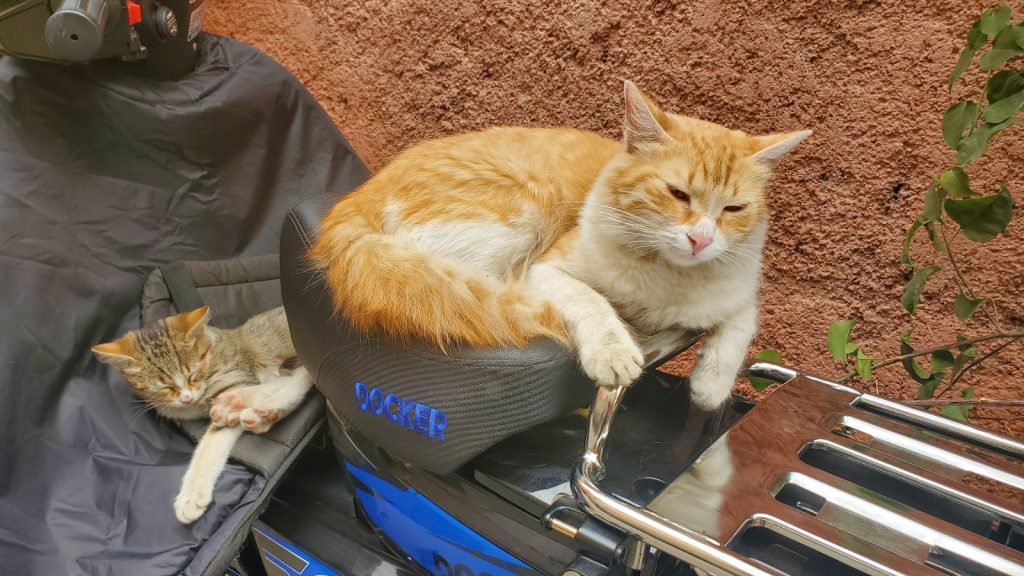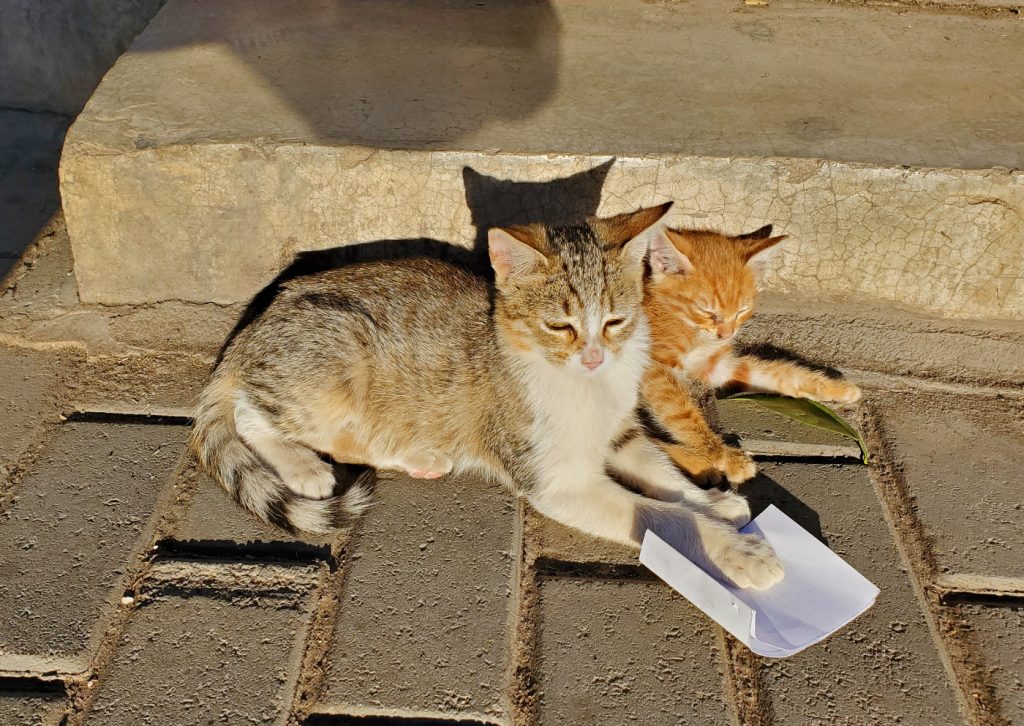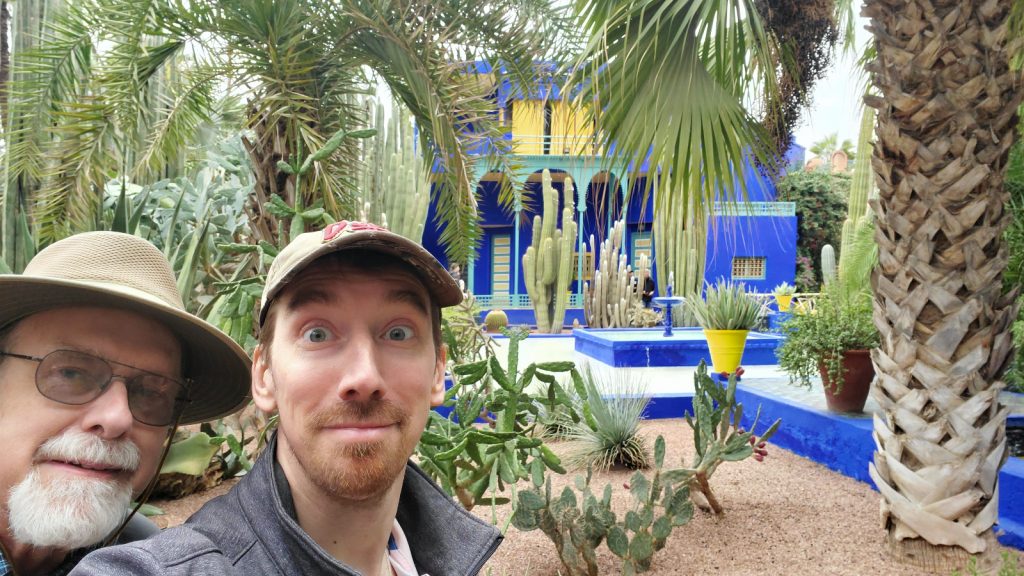That’s the email client, not the Ford car (While I do like the car, I leave the love up to my Uncle Jim, who bought and restored a 1957 Thunderbird decades ago – he often takes it to car shows).
No, for me, it’s the email client which first came out in 2003, from the Mozilla Foundation. I switched to it around 2005 from Microsoft’s basic email program Outlook Express (now discontinued), which came bundled with Windows XP, and never looked back. The sheer scope of customization with Thunderbird wowed me immediately; I love being able to alter the entire user interface to suit my whims, and its support for all manner of email address type is second to none. At work I use it with my work email address (Office 365 using the Activesync protocol, provided by an add-on extension), Gmail, AOL Mail, and Hotmail (all using the elderly IMAP protocol). I used to have theme modifications in place to add little lines between every email so that my eye would better track each message’s columns of From, Date, and Size. I even had an extension that would tell me what email clients other people were sending me email from.
Mozilla Thunderbird for email, and Mozilla Firefox for browsing, have been a great combo for decades. While I generally think that people advertising for private, for-profit companies is silly (what, you’re going to pay THEM money, to wear THEIR logo on your body? Companies should be paying you to advertise for them, not the other way around), I definitely feel differently about open-source free-software foundations like Mozilla. They put their money into developing great software and releasing it at zero cost to the customer.
Many years ago, Mozilla had a Community Store. They still have the old blog post up that touts it, but all the links in it are dead now and just redirect back to the homepage. The only thing it sold, however, was Firefox merchandise – nothing about Thunderbird. While I bought (and still wear constantly) a Firefox tee right away, I’ve messaged Thunderbird’s community moderators several times over the past 15 years asking them – why not put up a Thunderbird shirt for sale at “fundraiser” prices – $30, $40, and then people like me would pay a premium for the shirt, and the Foundation could pocket the rest? While they agreed, and sent me stickers and pins to thank me for being a fan – no shirt ever went on sale, and now you can’t even get any (official, mind you) Mozilla merch, not even Firefox.
So if they weren’t going to sell me a shirt to wear my love of Thunderbird in public, I’d make one myself.
We live in a custom-order world though now. Back in 2010 I made Pro-Palestine t-shirt via Cafepress, who I (believe?) was one of the early players in the custom made-to-order-product category. As most people can guess, a lot has changed in the e-commerce world since then, and now you’ll trip over dozens of websites to make custom products, be it for your personal use, or to sell and make a (tiny) profit (as of course, you’re only getting paid for your design and the company is doing all the actual work – and like as not, some other person on the internet will see your design and rip it off and sell it themselves pretty rapidly).
Mozilla recently changed the logo of Thunderbird to be…how shall I put this tactfully… “simplified.” This is part of a larger trend, and I’m not a big fan of it. Thankfully, I was able to find a scalable vector graphic (SVG) version of their classic logo, and armed with that, I was easily able to import the 400KB .svg file into GIMP, set the resolution as 3000×3000 and the DPI to 300, and export a whopping 25MB rasterized bitmap PNG file out. I love vector graphics, particularly for logos, and the fact that you can export any size bitmap file you want makes them perfect for archiving. What might be “high resolution enough” for using on a product today, might not be in 15 years, but that vector image can always be used to generate a higher-resolution file in the future.
I went with zazzle.com and uploaded the PNG file (most of these custom-order sites don’t want the SVG files, they want rasterized images) and added some text. I am not sure about Mozilla’s legal team’s opinion on fan products like this (I’m sure they do have lawyers, despite being a friendly open-source company) so I made sure to not use their company name at all. I did fret a little bit about the fact that Zazzle only does “Direct to Garment” printing rather than the more durable classic Screen Printing, but since this is just a one-off shirt and I’m not making hundreds of them, I guess I’ll have to take what I can get. My Pro-Palestine shirt, also DTG, has held up pretty well in the wash for the past 14 years; I always line-dry it rather than tumble, and I think that helps. Here’s the result that I hope will show up in a couple weeks.
Email is great. I love it, vastly more than text messages for sure, certainly more than proprietary, dumbed-down chat clients like Google Chat, Facebook Messenger, Apple iMessage, and even Telegram, which is probably my second way to communicate after email. Email is interoperable, extensible, and easy to organize, and if you have a good junk mail filter, it doesn’t even show its downsides very much (that is, that so much garbage email gets blasted around the planet every second). New upgrades to email like SPF and DKIM records in the past decade are even making long-time issues like message spoofing less of a problem.
I’ve had people throughout the world comment appreciably on my Firefox shirt for years now, particularly while visiting China (probably due to the lack of Google Chrome availability), and I hope to make a few more people curious about what this “Thunderbird” thing is, and maybe check it out. You never know when <insert email provider name here> might decide to close your account for any reason and without explanation, and then you’ll really wish you had an archive of all of your email safe on your computer. Thunderbird is there for you.
